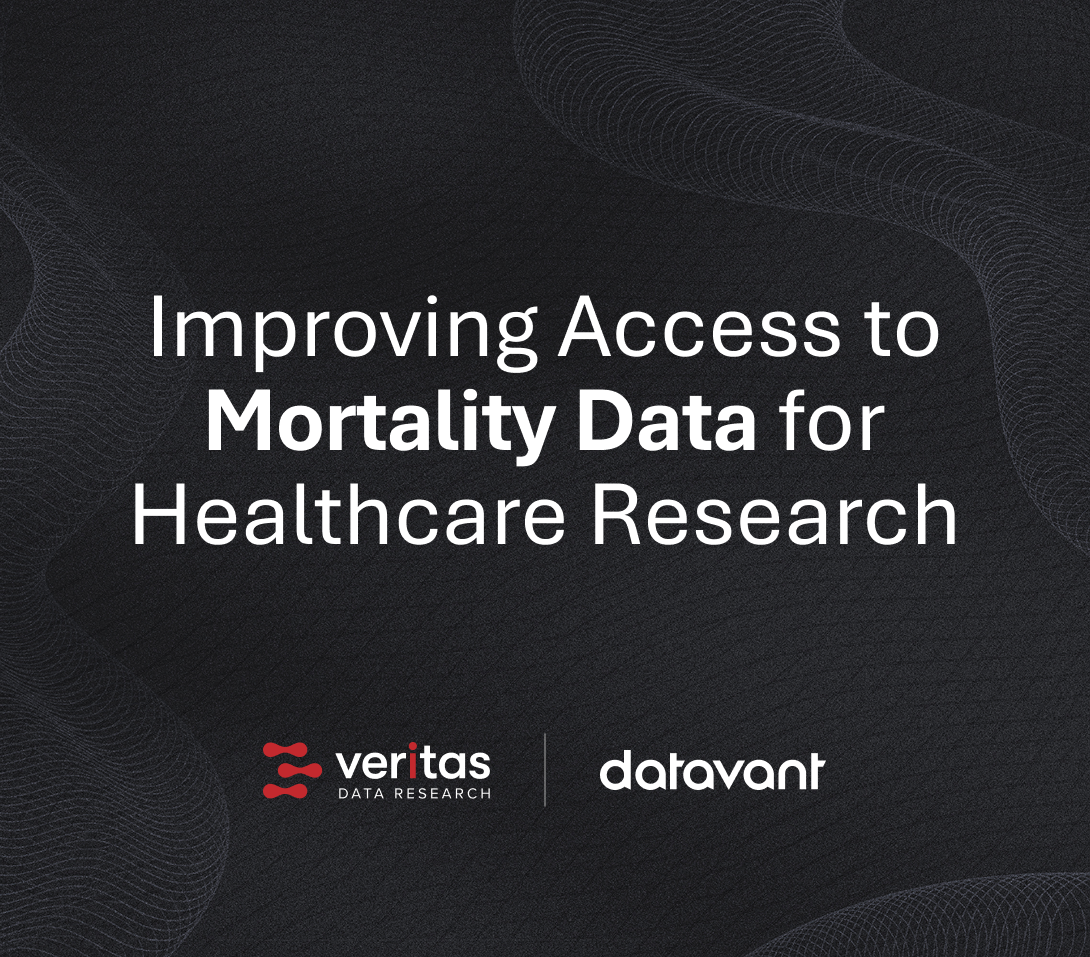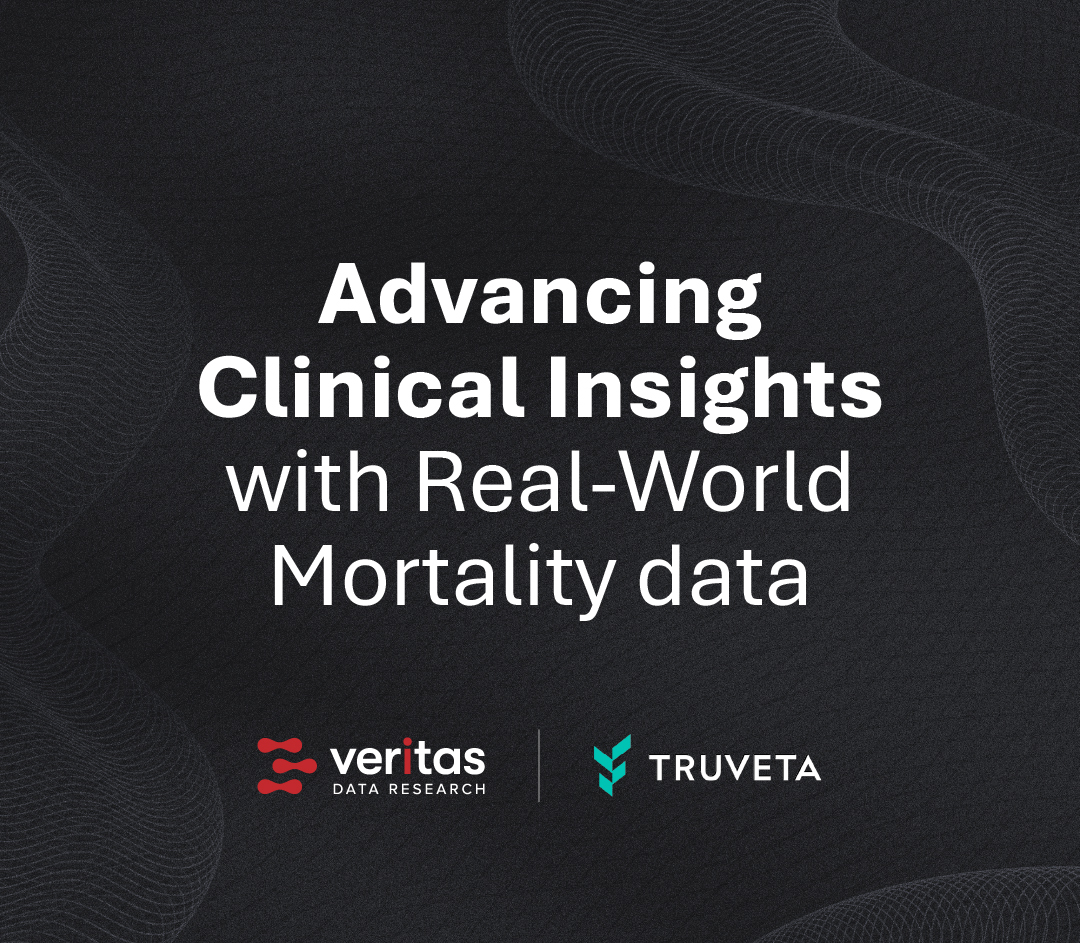In the span of 10 days, the FDA decided to pause and then lift the pause on Sarepta’s ELEVIDYS treatment for Duchenne muscular dystrophy (DMD). These important decisions were a significant cause of anxiety and then relief for DMD sufferers and their supporting communities. Equally importantly, the situation highlighted a critical data challenge for the life sciences industry. FDA initiated a regulatory pause on ELEVIDYS following a series of tragic patient deaths. While some deaths were linked to known complications of the therapy, a subsequent death led to a pause for the ambulatory population. The high-stakes question was whether this most recent death was a true safety signal or a coincidental event. The answer could mean the difference between a life-changing therapy reaching patients and being shelved indefinitely. The resolution hinged on one piece of evidence: detailed cause-of-death data. The discovery that a patient’s death was caused by a viral infection, not the drug itself, provided the clarity needed to lift the pause. Having accurate cause-of-death data available in near “real-time” would have assisted FDA in making a rapid and more defensible decision about whether ELEVIDYS posed an unnecessary risk to patient safety.
Unfortunately, cause of death is not an easy data attribute to find. The cause of death listed on death certificates is inaccessible for commercial use and often has a lengthy delay in availability even for academic research via the CDC’s National Death Index. More problematic, a 2021* study showed that death certificates listed the incorrect underlying cause of death nearly 40% of the time! The study authors found that this data quality issue was primarily due to poor training / education of certifiers (who are not always a physician) as well as a lack of awareness by physicians on the importance of the data input to death certificates.
The ELEVIDYS situation serves as a powerful reminder of a systemic issue within the life sciences industry: the data about patient outcomes is often siloed, unstructured, or simply nonexistent. This widespread data gap leads to slower, and at times, incorrect decisions from regulatory bodies like the FDA, creating immense anxiety and risk for patients and their families. We can and must do better.
At Veritas, we have built a scalable, timely Cause of Death product to provide this vital data point. Our goal is to empower life sciences teams to make faster, more informed decisions, ensuring patient safety without delaying access to life-changing therapies.
*J. Alipour and A. Payandeh, 2021. Common errors in reporting cause-of-death statement on death certificates: A systemic review and meta-analysis. Journal of Forensic and Legal Medicine. Volume 82.
Written by: Jason LaBonte
Jason has 25 years of experience in health information and technology. He has a Ph.D. in virology from Harvard, and an A.B. in molecular biology from Princeton. He is the CEO of Veritas Data Research.
Related Articles
View all
Datavant and Veritas Expand Partnership to Improve Access to Mortality Data for Healthcare Research

Veritas and Aidentified: Powering Wealth Intelligence with Mortality Data

Veritas Data Research and Truveta: Advancing Clinical Insights with Real-World Mortality Data
Request More Information
Speak to a Veritas expert to learn how subscribing to our data can make your organization’s operations and analytics more effective.

